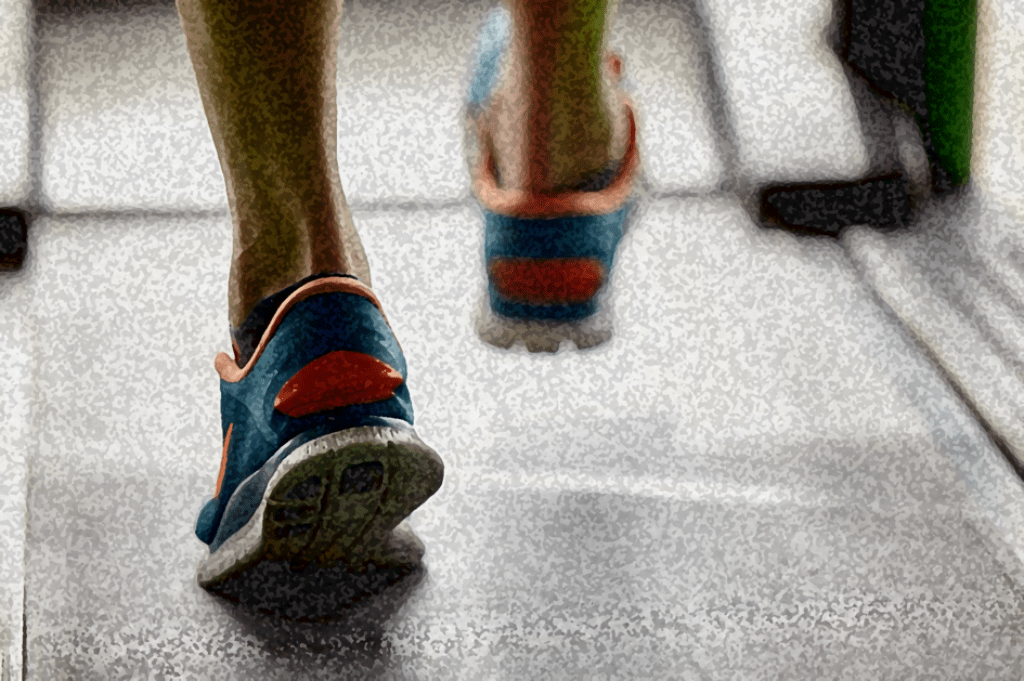
WFH – or Work From Home – has been an ongoing theme in this blog since the coronavirus outbreak rocked our worlds last March.
Its impact on radio has been enormous. Of course, large portions of the audience commuting less frequently have had a direct impact on in-car radio listening. Nielsen tells us these numbers are getting better, but most freeways, highways, and thoroughfares still don’t appear to be at their bumper-to-bumper pre-COVID levels.
Then there’s the impact WFH has had on our radio stations. That, in fact, was the timely topic in our blog post earlier this week. Many radio station buildings are still shut down, and will remain so well into 2021.
While not everyone has been affected, most people in radio have spent time broadcasting, selling, and managing in their bathrobes this year. From keeping up with kids to walking the dog, we’ve all had to learn how to walk, chew gum, and participate on Zoom calls at the same time.
And that leads us to a glimpse of the radio industry and WFH. In the aforementioned blog post, we ran our first-ever poll – a simple one question that asked radio employees everywhere how remote was going for them. Now keep in mind, this little temperature check has no statistical significance. It’s simply an opt-in survey among readers of our blog.
But with more than a couple hundred votes, I’m here to guarantee there was no evidence of widespread fraud in this election. With apologies to Steve Kornacki, here’s how this “not rigged” survey came out:
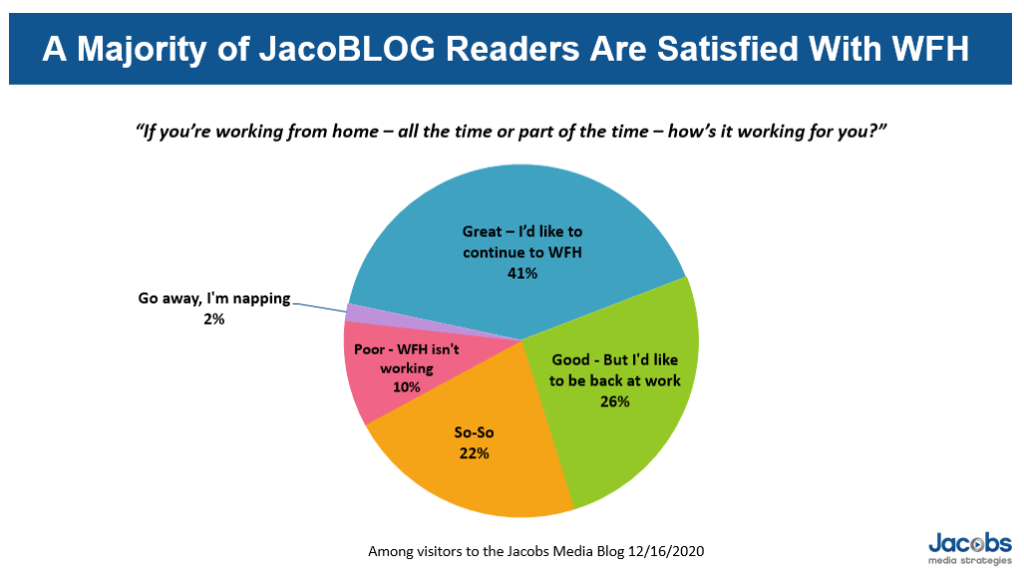
About four in ten – a plurality – enjoy(ed) WFH and wish to continue after the pandemic is over. About one-fourth report a good experience, but have a desire to be back in the jock lounge or station kitchen. And the rest – not a small number – are either mixed on the concept, or in the case of one in ten, not at all happy with working remotely.
This is something radio stations, clusters and companies are going to have to deal with when the smoke clears, and this pandemic is in the rear-view mirror.
As far as listeners go, COVID has had an effect…on their waistlines. A new research study by Kelton Global, conducted for Boston-based Gelesis, reports that more than 71 million Americans have gotten heavier during the pandemic.
As reported in the Boston Herald, over half (52%) of the more 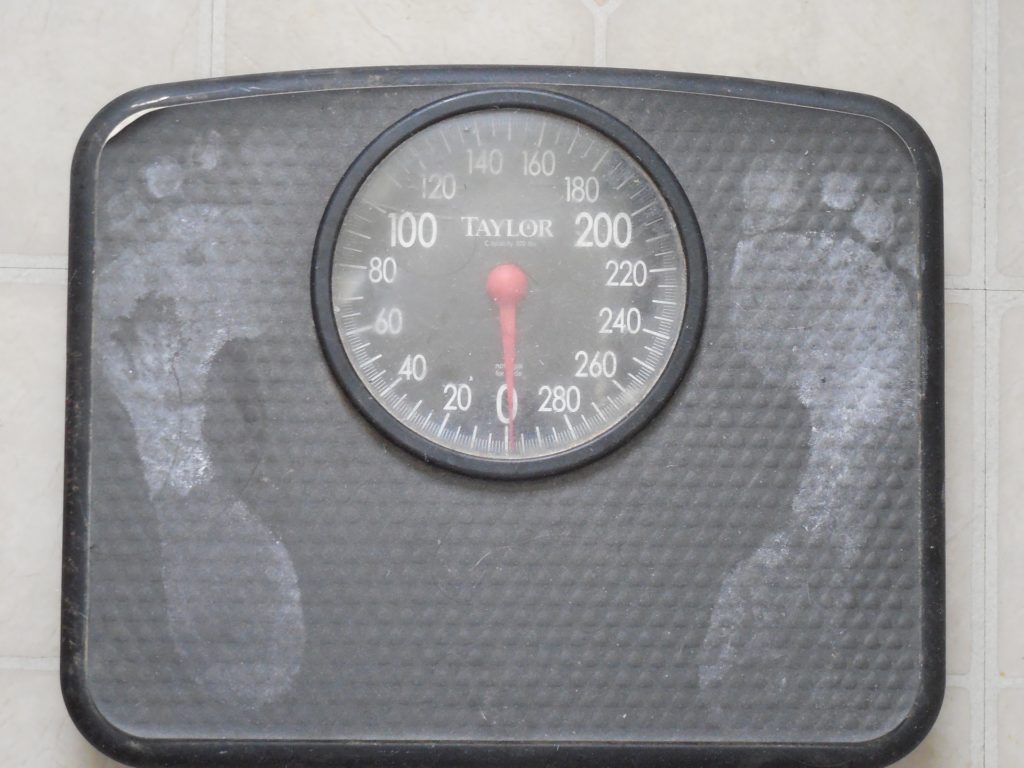 than 1,000 respondents in the survey say they are “feeling depressed” about the way they look.
than 1,000 respondents in the survey say they are “feeling depressed” about the way they look.
In fact, 30 million Americans trying to take off the pounds say they’d forego social media for the rest of the year in order to lose 10 more pounds. (Holy Lori Lewis!)
That would signify a strong, widespread move to gyms – at least the ones still open – along with home exercise rooms, and the rise of streaming workouts on platforms like Peloton.
And it turns out, music – for many fitness fans – is the soundtrack of their healthy regimen. A different research study by OnePoll (conducted for RockMyRun) reveals that two-thirds of respondents say they’d have “no motivation” to work out without great music in their earbuds or coming out the speakers.
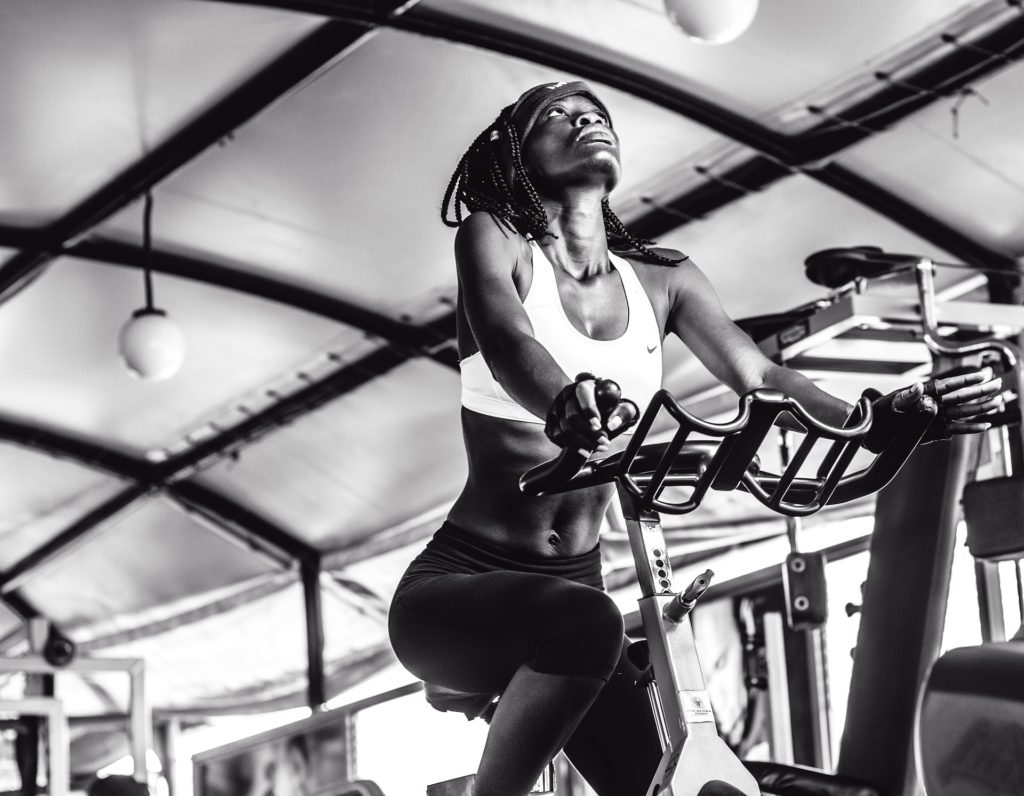 Reported in StudyFinds, this survey was comprised of 2,000 Americans who are regulars on treadmills, rowing machines, and weights.
Reported in StudyFinds, this survey was comprised of 2,000 Americans who are regulars on treadmills, rowing machines, and weights.
Why is music such an important ingredient in most people’s workouts? The top responses are mood elevation (32%), getting in “the zone” (31%), and as a welcome distraction from the exercise activity itself.
How does music make people feel during workouts? Key descriptors include feeling active, energetic, motivated, and focused. As radio PDs know so well, it’s about tempo.
Here are key stats from the OnePoll study that connects directly with music on the radio:
- A great playlist matters – Two in three (68%) say their workout improves with a music soundtrack.
- Most want someone else to pick the music – A scant 7% say they make up their own workout playlists.
- It’s about music energy – More than seven in ten say especially for cardio, faster music is a must. RockMyRun says that’s confirmed by music choices on their app.
- Ads are a “workout buzzkill” – Nearly seven in ten (69%) say commercials that appear in workout playlists stops their exercise momentum.
Radio programmers reading this list of findings are likely nodding in unison. They all know this. A well-curated playlist for exercising can be a difference maker in completing and acing a workout, and of course, on the way to losing weight and staying in shape.
And in fact, Hip-Hop, Pop, and Rock are the three most popular music genres in the OnePoll survey which also functioned as a mini-music test. They list the top 50 best workout songs of all time. Yes, of course the top three are “We Will Rock You,” followed by “Eye of the Tiger,” and “Welcome to the Jungle.” (Sounds like a well-programmed Classic Rock station to me.)
But let’s go back to #4 on that list of key findings – radio commercials. For the vast majority of folks trying to stay in shape, those two lengthy stopsets an hour take radio out of the workout running. Given this data, coupled with our own experiences while walking, running, or working out, a block of commercials is a definite deal-breaker.
And yet, radio stations – especially their personalities – have uniquely defined music tastes. A playlist from the midday talent should sound different from the songs the night jock is known for.
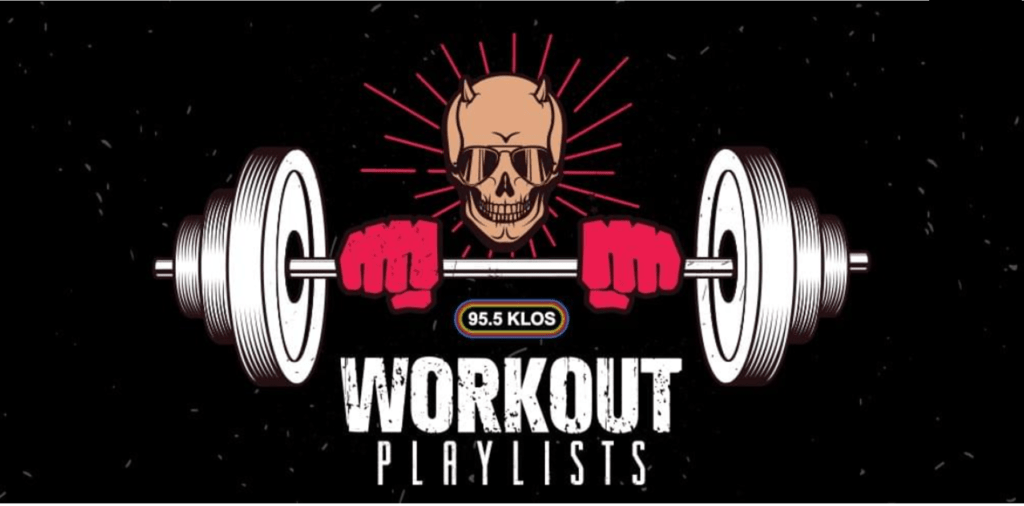 I’ve seen stations acknowledge the role their music plays in working out by listing songs that make up idea playlists – sometimes by each personality on the station.
I’ve seen stations acknowledge the role their music plays in working out by listing songs that make up idea playlists – sometimes by each personality on the station.
That type of promotion is congruent with the activities of many radio listeners, trying to stay in shape during the pandemic – and now the winter months where it is more challenging to be outside.
But few stations make their great playlists available on  platforms like Spotify. We did some searching around, and discovered that while some broadcast stations post their “local music shows'” playlists on Spotify, most avoid any association with streaming platforms.
platforms like Spotify. We did some searching around, and discovered that while some broadcast stations post their “local music shows'” playlists on Spotify, most avoid any association with streaming platforms.
Why?
I spoke with a number of programmers who told me their companies would push back against the notion of publishing content (in the form of playlists) on Spotify.
As a competitive animal myself, I get it. But I also couldn’t help but notice how many broadcasters are using Spotify to publish their podcasts.
Like NPR, for example. They just announced an extension of their podcast collab with Spotify to go worldwide. According to MediaPost’s Fern Siegel, the two audio powerhouses have expanded their relationship.
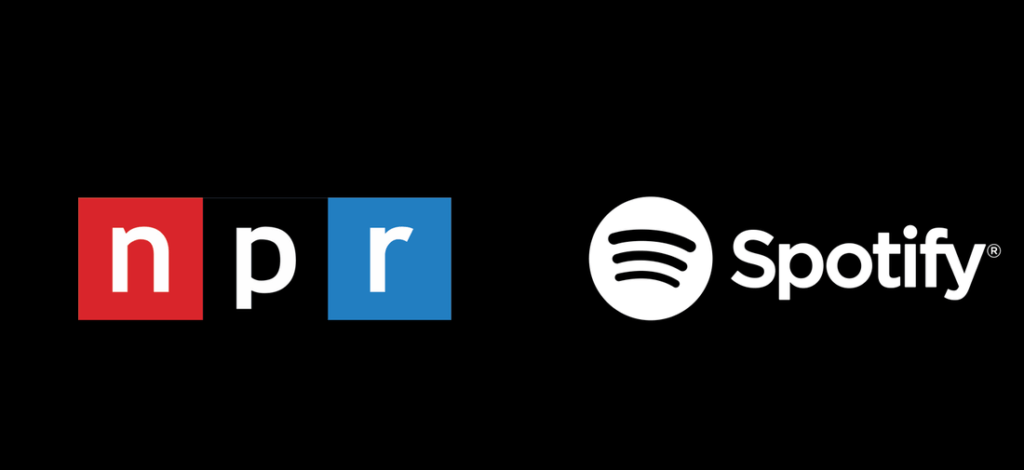 Two years ago, NPR and Spotify came together to announce a breakthrough distribution deal. And now, these great public radio podcasts will be available to Spotify’s global listenership – 320 million users. Yes, that’s quite a bit larger than NPR’s broadcast cume.
Two years ago, NPR and Spotify came together to announce a breakthrough distribution deal. And now, these great public radio podcasts will be available to Spotify’s global listenership – 320 million users. Yes, that’s quite a bit larger than NPR’s broadcast cume.
This is an interesting partnership, because it’s not a rev share. Each will do its own marketing and promotion. But let’s not forget about the trajectory of NPR podcasts, set to outbill their broadcast assets this year. Great reach goes to the heart of this financial calculus.
It is all about maximizing content and distribution.
And that begs the question why more broadcasters aren’t considering their own presence on platforms like Spotify to meet their listeners…where they are.
Meantime, think about your perfect playlist the next time you jump on the treadmill. And then about one of the best videos of all-time, OK Go’s “Here It Goes Again” – the perfect mashup of working out with great music. It’s like a 3-minute TikTok video, and a great workout.
As they say, “Don’t try this at home.”
- What To Do If Your Radio Station Goes Through A Midlife Crisis - April 25, 2025
- A 2020 Lesson?It Could All Be Gone In A Flash - April 24, 2025
- How AI Can Give Radio Personalities More…PERSONALITY - April 23, 2025




Ow, ow, ow! No, those aren’t the sounds of groans from over-stretching or pulling a muscle, that’s the pain felt when the song that instantly came to mind when I saw today’s topic…didn’t even make the LIST!
Looks like I’ll I’ll be getting physical with Olivia Newton-John all by myself.
Pass the Ben-Gay…and the Geritol. And while you’re at it, hey, you, get off of my lawn!
Dave, that about sums it up. OK, maybe toss in the Tiger Balm.